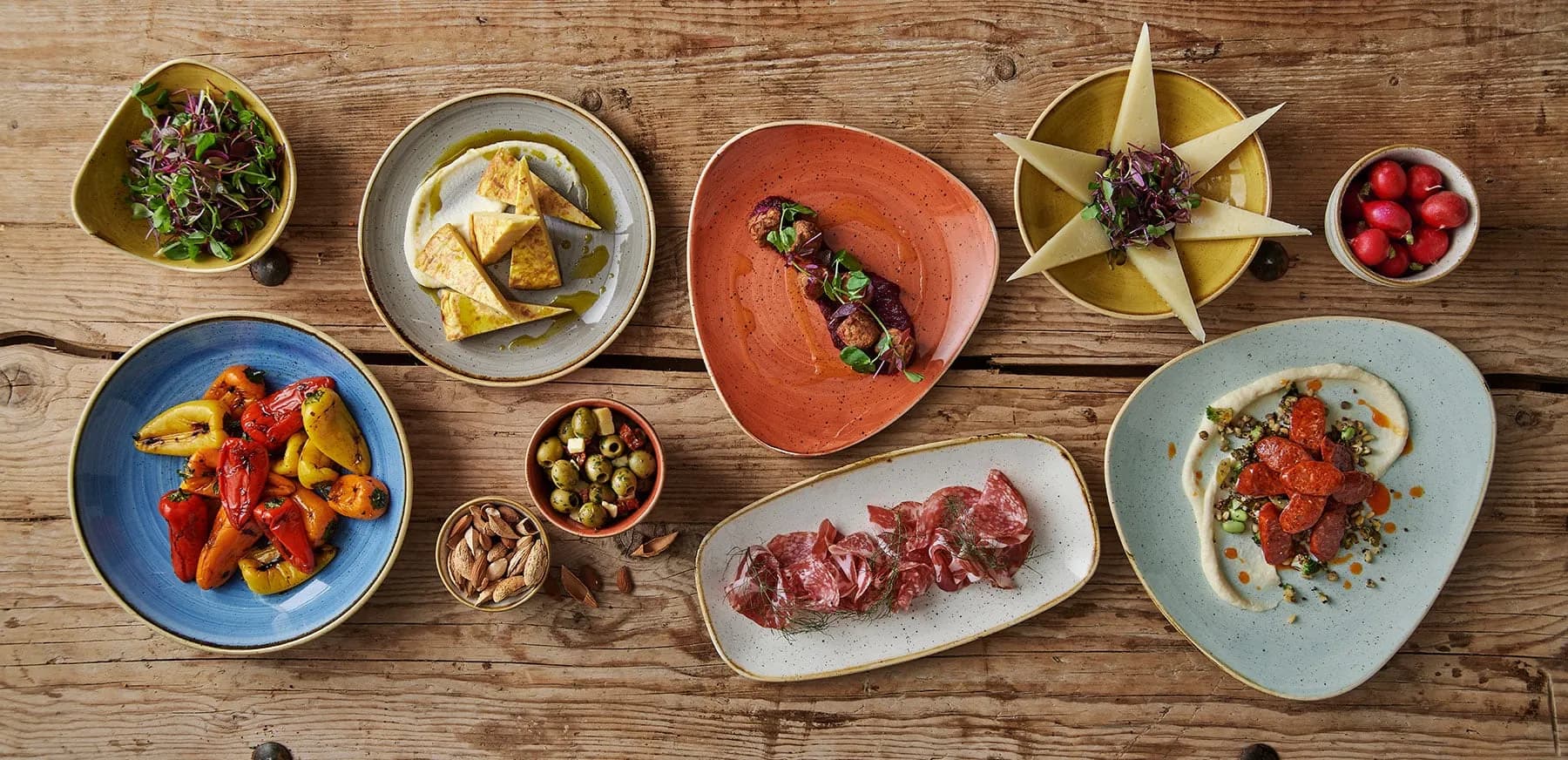Local SEO for Restaurants: Google Business Profile, Reviews & On-Page Basics
Local SEO = getting found by hungry people nearby—today. This guide shows exactly how to set up and optimize Google Business Profile (GBP), connect the right menu URL, earn and respond to reviews safely, and tighten on-page SEO so your categories and dishes surface in local searches.
Quick wins (do these first):
• Verify GBP and keep NAP consistent (Name, Address, Phone). Choose the best primary category (e.g., “Indian restaurant”) and add relevant secondary categories.
• Add your Menu link in GBP: Edit profile → Business information → Contact → Menu link. Point it to your EasyMenus menu (or key category).
• Upload fresh photos weekly (dishes, interior, team). Keep EXIF clean and filenames human (e.g., chicken-tikka-1947.jpg).
• Post short updates (specials, events). If available in your region, use the “What’s happening / This week” slot to highlight timely offers.
1) Google Business Profile: setup & polish
• Categories & attributes: set cuisine styles, outdoor seating, reservations, delivery/takeaway. Keep hours accurate (holiday hours too).
• Menu in GBP: you can either add items via the menu editor or simply link your EasyMenus URL as the “Menu link.” If you use a provider/API, the in-profile editor may be disabled—linking remains essential.
• Ordering & reservations: connect your preferred provider (Order with Google / Reserve with Google) where supported, and remove third-party links you don’t use.
2) Reviews: earn ethically, reply like a pro
• Ask, don’t incentivize: invite guests post-visit with a short link/QR, but never offer rewards—violates policy and can trigger restrictions.
• Respond to all reviews: thank happy guests; for negatives, apologize briefly, clarify, and move to DM if needed. Consistent, human replies lift conversions.
• Reporting: if a review truly violates policy (spam, off-topic, hate speech, doxxing), report it via the Reviews tool; appeals get emailed outcomes.

3) On-page SEO: make your menu crawlable
• One URL per category (e.g., /menu/lunch, /menu/drinks). Use descriptive slugs and H1s that match what people search. Add internal links between categories and to your homepage.
• Structured data: mark up your restaurant with schema.org/Restaurant and reference your menu via hasMenu/menu (URL). Keep openingHours, servesCuisine, acceptsReservations accurate.
• Media hygiene: compress images (WebP), add alt text, and place top sellers above the fold to improve engagement and Core Web Vitals.
4) Connect your menu & languages (see C2)
Serve tourist languages (at least 2–4). Persist language preference and add clear language switchers. Use the same URLs per language with hreflang or separate language paths, depending on your setup.
5) Photo & post cadence
Weekly: one dish photo + one short update (special, event). Monthly: refresh hero shots. Seasonal: rotate top sellers and add limited-time menus.
Internal links
← C7: QR Menu UX & Accessibility (Hybrid) • Pillar Guide • C2: Multi-Language Menus →
FAQ
Q: Does replying to reviews boost rankings?
A: Indirectly. It’s mainly a conversion factor—shoppers prefer venues that reply. Focus on steady review growth and quality content.
Q: Should I use the GBP menu editor or link my EasyMenus page?
A: Link your EasyMenus URL as the canonical menu; use GBP menu editor only if you don’t have a reliable live menu provider.
Implementation checklist
• Verify GBP • Add Menu link • Upload photos weekly • Enable orders/reservations • Set review flow • Mark up schema • Link categories internally
Want help?
EasyMenus can import your current menu, structure it for SEO, and publish a multi-language version with QR table markers.


